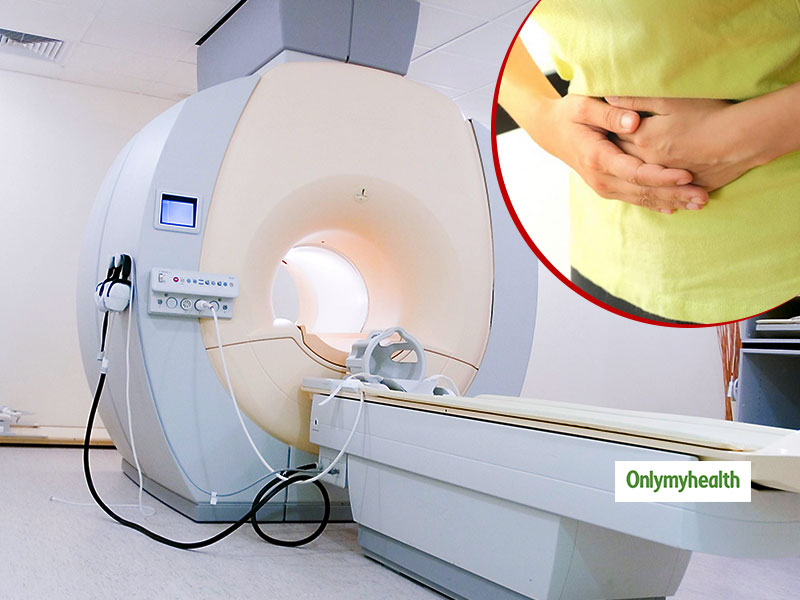
As per a study published in the Indian Journal of Radiology and Imaging in 2015, patients with obstructed defecation syndrome (ODS) form an important subset of patients with chronic constipation. Magnetic resonance defecography (MRD) is a very useful tool for the evaluation of these patients. Patients with significant structural abnormalities may benefit from surgical interventions like stapled transanal resection of rectum (STARR). Moreover, biofeedback is the backbone of therapy of obstructed defecation.
Table of Content:-
Moreover, repeated stretching of the pelvic floor musculature and nerves owing to childbirth, issues with rectal sensory perception and psychological factors have been implicated in the pathogenesis of obstructed defecation syndrome.

All you need to know about the causes of obstructive defecation syndrome
Also Read: Excessive use of antacids may be killing your kidneys
- You will be shocked to know that failure to relax the anal sphincter or pelvic floor muscles while trying to defecate is a common functional cause of obstructive defecation which is also known as anismus or pelvic floor dyssynergia.
- Thus, the condition tends to improve with the help of pelvic floor physiotherapy and biofeedback.
- Moreover, a weakness in the rectovaginal septum may also allow the rectum to push forward against the posterior vaginal wall and herniate.
- Some women tend to become aware of a bulge in the vagina, sometimes causing problems with intercourse, while the others may feel a dragging sensation, particularly towards the end of the day if they have been lifting or spent a lot of time standing.
- Not only this, internal rectal prolapse (rectal intussusception) can obstruct the bowel lumen/passage of feces and often coexists with a rectocele.
- Also, a hernia of the small bowel or sigmoid colon through the Pouch of Douglas can obstruct defecation and lead to difficulty with evacuation.
Obstructive defecation can be caused by structural deformities due to:
- hereditary
- injury
- age
- problems with your digestive tract
- impacted stool
- neurologic issues
Also Read: 5 Science-Backed Krill Oil Benefits That You Must Know
Treatment
Speaking about the surgeries

- One can be asked to undergo rectocele repair by the doctor. It is a standard posterior repair, sometimes with perineorrhaphy, which is the most common procedure when patients complain of ODS and a bulge in the vagina secondary to a rectocele.
- One can also opt for Stapled transanal resection of the rectum which is a transanal approach and can be used to treat a rectocele and prolapsing rectal mucosa causing intussusception.
- Also, laparoscopic ventral rectopexy can be helpful as this is particularly suitable for women with a visible external prolapse of the rectum and obstructive defecation, although the operation can also be performed for those with intussusception on defecography.
- Moreover, the patients will also be prescribed stool softeners. You must pay attention to your bowel movement, and cultivate the habit of visiting the loo regularly even with your hectic schedules.
Not only this, pelvic floor physiotherapy is the first-line treatment for most patients and includes:
- instruction about the positioning on the toilet
- relaxation of the abdominal and pelvic floor muscles
- avoiding straining and breath-holding
- promoting correct techniques to allow unobstructed defecation
Read More on Miscellaneous
How we keep this article up to date:
We work with experts and keep a close eye on the latest in health and wellness. Whenever there is a new research or helpful information, we update our articles with accurate and useful advice.
Current Version